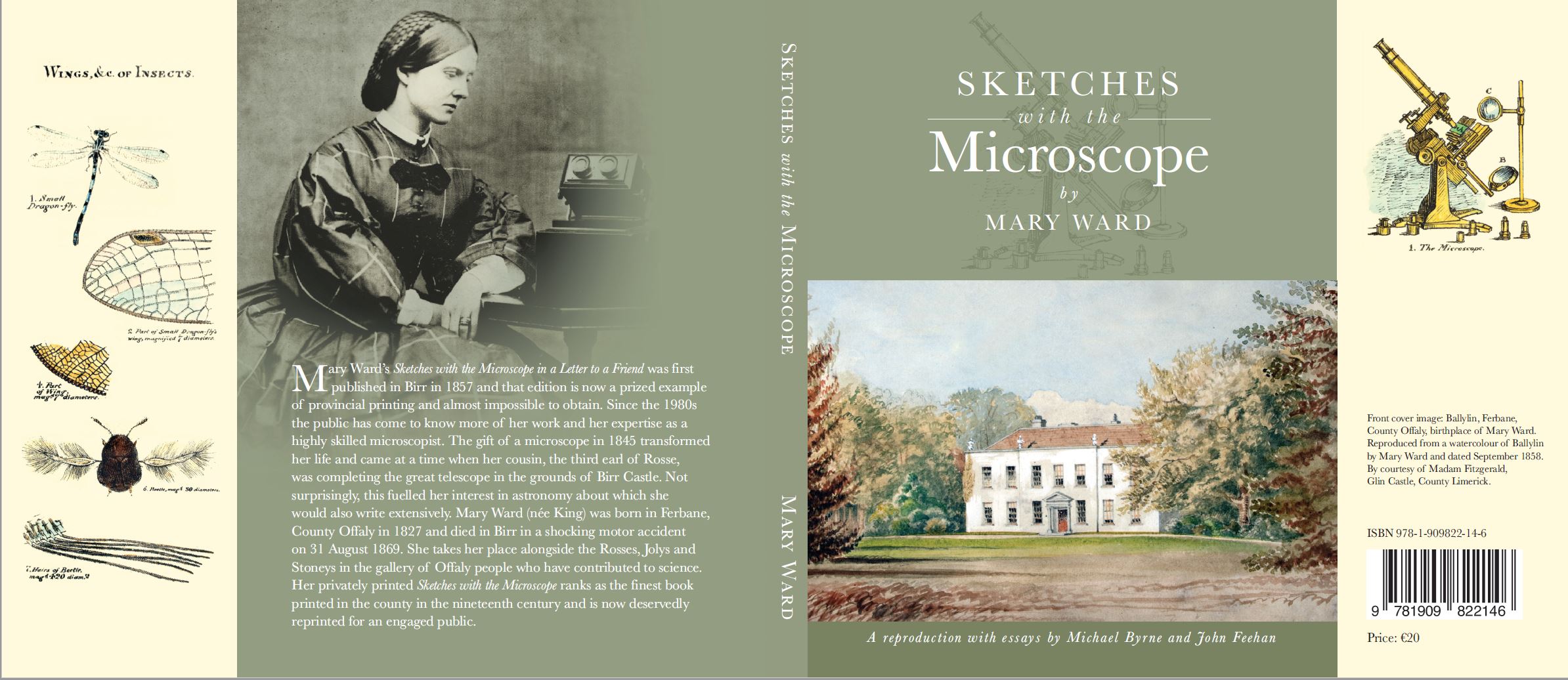One hundred years of Clara History: The diary of Lydia Goodbody, 1841–86; Harold Goodbody’s history of Clara, 1887–1945. Illustrated with over 200 photographs, 360 pages (Offaly History, 2021). To be launched at GAA Centre, 8 pm on 4 Nov. Orders also per shop at http://www.offalyhistory.com and to callers (from 5 Nov.) to Offaly History, Bury Quay, Tullamore 9 am to 4 30 pm Mon to Fri. Thanks to Clara Heritage Society for all their help with the launch. Strictly in accordance with Covid guidelines for events so follow directions of members of society. There will be at least four points of sale to avoid crowds and possibly outside the hall as needs. Email us at info@offalyhistory.com for any special wants or needs in regard to securing a copy of the book. We have copies set aside for all who ordered. On the night have €15 for soft and €20 for hardback handy so as to avoid change and delay. Enjoy and with thanks to all in Clara Heritage Society.
Clara has long been associated with the textile industry; stretching from the bleach greens of the early 1700s to development of the country’s largest jute factory, which gave employment in the district from 1864 and ran as a very successful business for the next hundred years. Reading the diaries of his Victorian great-aunt during World War II Harold Goodbody realised that she had kept a day-to-day record of how this industry had been created and how it and her family’s flour milling activities had supported the local community.

Harold made extracts of the more relevant parts of the diaries and added his own notes and recollections, creating a history of the Goodbody family in Clara and how a modest Offaly village had been turned into one of Ireland’s leading industrial centres. His work has now been edited to what will be a valuable local history source. Harold’s own historical research, covering the period from the late 1880s to the 1940s, is particularly insightful in the context of a period of significant change in Ireland and in the fortunes of Clara and its leading entrepreneurial family. The work is illustrated with over 200 carefully selected photographs.








